The optimum mixture of metal powders to produce parts that fulfil all your parameters and characteristics,and revolutionary performance.
Metal Injection Molding (MIM) is a highly efficient advanced manufacturing process used to mass produce smaller, more complex metal parts. Polymerized metal powders are injected into a mold, debonded, and sintered, allowing precise parts to be produced in a variety of materials,the degree of full densification after degreasing makes it have very good mechanical properties. ability to manufacture parts with irregular geometry.
About Metal Injection(MIM)
Application Features of Metal Injection Molding

Designed for flexibility and rugged strength
Metal Injection Molding combines the design flexibility of plastic injection molding with the strength and durability of metal materials to obtain low-cost, shaped metal parts by molding plastics.It is currently a popular choice in the automotive, power tool, aerospace, and medical industries.
Process advantages of MIM
* However, in some cases, the use of other machining processes would be more appropriate:
- Prototypes or very small quantities of parts:Prototypes or small production runs require molds to be made first, which can be more expensive for each part.
- Very short delivery times: Either the PM process or the MIM process requires one or more new molds, which takes extra time to make the molds.
- Large parts: Parts that weigh more than 150 grams or have a diameter of more than 5 inches are more difficult to produce, and therefore these parts are more costly.
Based on the above, it may be more effective to use a precision machining process.Precision machining is ideal for prototyping and small batch production, allowing you to test and bring your project to market faster.
Less waste,fewer process steps,and less machining.
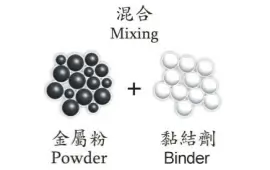
Depending on the metal powder you desire, it is mixed with the bonding agent according to the recipe, cooled, and formed into pellets that can be injected into the mold cavity.
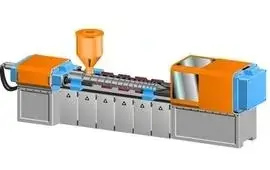
The metal raw material is fed into the machine to be heated and injected into the mold cavity under high pressure and cooled to obtain the shape of the part.
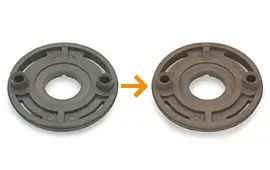
After taking the part from the mold, it enters the degreasing process, which is the process of removing a portion of the adhesive from the molded part. removing the polymers in the part,resulting in porous metal “brown parts”
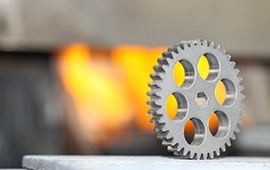
The “brown parts” are heated under gas protection, and after removing the adhesive, they are heated to a high temperature. The gaps between the particles disappear due to the fusion of the particles, ultimately achieving the required density and hardness.
Osweypm MIM manufacturing process guarantees precision, mechanical properties, and cost-effectiveness.
Are you ready to enhance your project components?
MIM components excel in a wide range of application markets.

transmission gears,linkages,planetary gear drives,steering components,powertrain components.

sintered pistons,connecting rods,bushings,bearings,small engine,transmission gears,transmission gearbox,powertrain components.
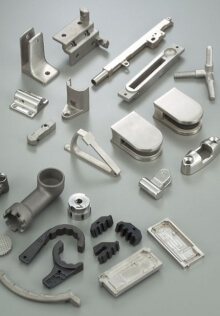
Electronic heat sinks,electronic connector hardware,industrial tools, consumer electronics,fiber optic connectors,actuators.
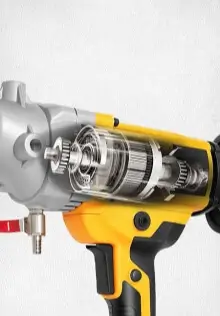
Handheld power tools,chainsaws, hand drills,sanding machines,cutting machines,impact drills.
Quality Control
Quality Assurance
No Additional Management Required
Advantages of MIM
stainless steel-based, Ferrous-based , copper-based alloys: steel, brass, bronze, and more composites: metals & non-metallic combinations.Metal raw materials are processed into fine metal powders. These metal powders have a uniform particle size and high purity , providing a good basis for subsequent processing. Our engineers add the correct proportion of polymers, such as lubricants, graphite, etc., for your application.
Advantage 1: Extremely high degree of design freedom
Compared to other metal molding methods, MIM is able to produce more complex parts.Basically all the structures that can be realized by injection molds can be applied to MIM.
Advantage 2: More material options
MIM can be used with almost all metal materials. Considering the economy, the main application materials cover iron-based, nickel-based, copper-based, titanium-based metals or alloys.
Advantage 3: Excellent physical and chemical properties
Because the sintered density of MIM is very close to the theoretical density, its physical and chemical performance is also very good, such as mechanical strength, etc., significantly beyond thatof traditional powder metallurgy.
Advantage 4: Sophisticated exterior performance
The surface roughness (Ra) of MIM sintered blanks can be as high as 1 μm, and a variety of surface treatments can be used to achieve a dazzling appearance.
Advantage 5: Higher dimensional accuracy
MIM can generally achieve a tolerance accuracy of ± 0.5%, and with other machining methods, higher dimensional accuracy can be achieved.
Advantage 6: Powerful and flexible mass production capabilities
MIM can be flexibly adapted and quickly increased, in combination with Osweypm’s continuous multi-shift system, from a few thousand pieces per day to several hundred thousand pieces per day
Advantage 7: Environmentally friendly processing concept
The material utilization rate is close to 100%, which is a near-net-shape technology that effectively avoids material waste and protects the environment, which is what Osweypm has been striving for.
Learn about the cost-effective powder metallurgy process?
Powder metallurgy can save 30%-50% of material compared to traditional machining,no post-processing is required.It is a very cost-effective alternative with good surface finish and high dimensional accuracy.It has a huge advantage over traditional machining methods such as casting,and milling.

